SMART Training Enhances Conservation Capacity in Deo Ca, Song Hinh, and Tay Hoa
From April to August 2025, the Center for Nature Conservation and Technology (CTNC) organized three SMART training courses for three Management Boards: Deo Ca Protected Forest, Song Hinh Protection Forest, and Tay Hoa Protection Forest. A total of 67 staff members participated, including 6 from Deo Ca, 38 from Song Hinh, and 23 from Tay Hoa.
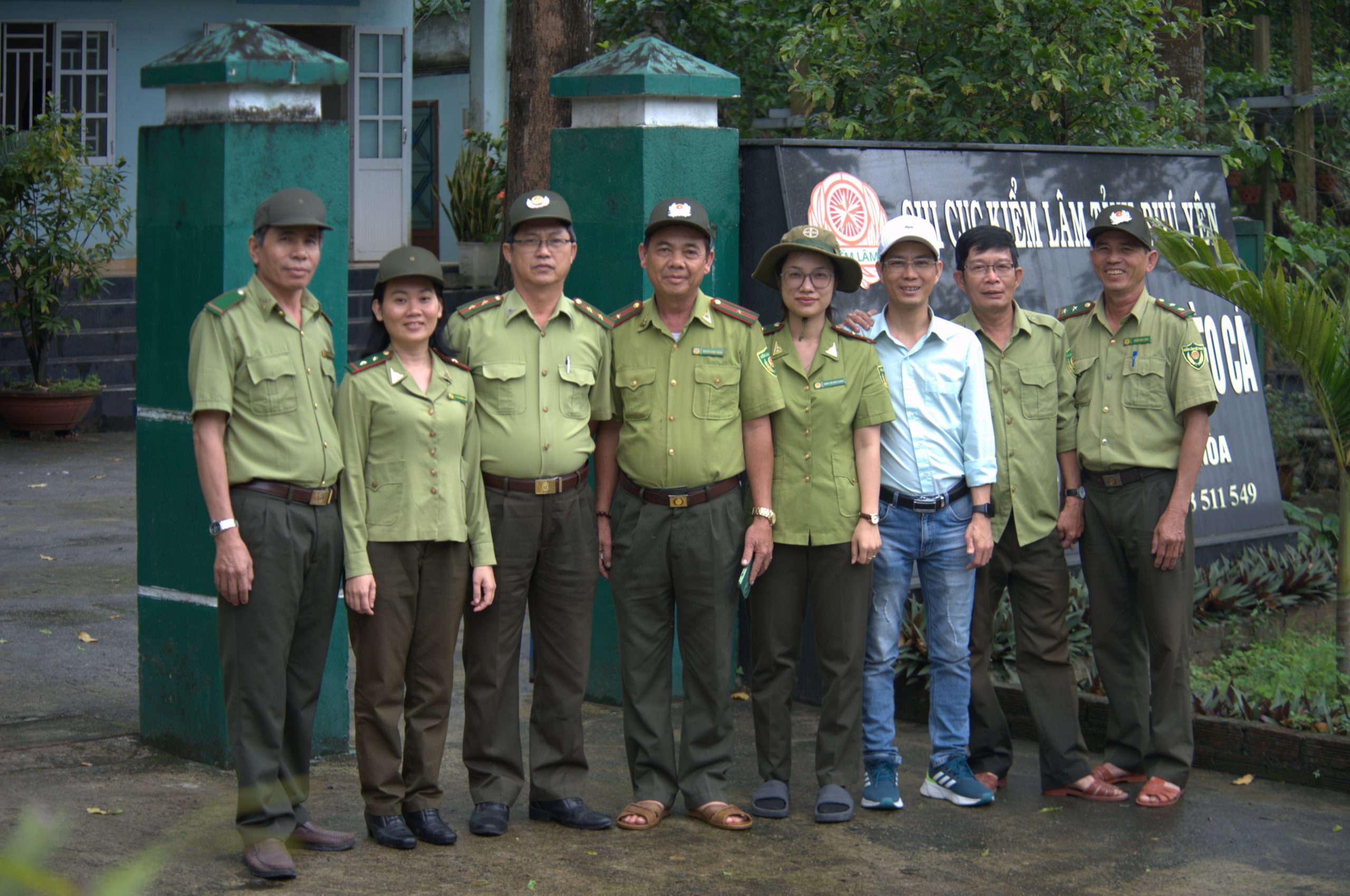

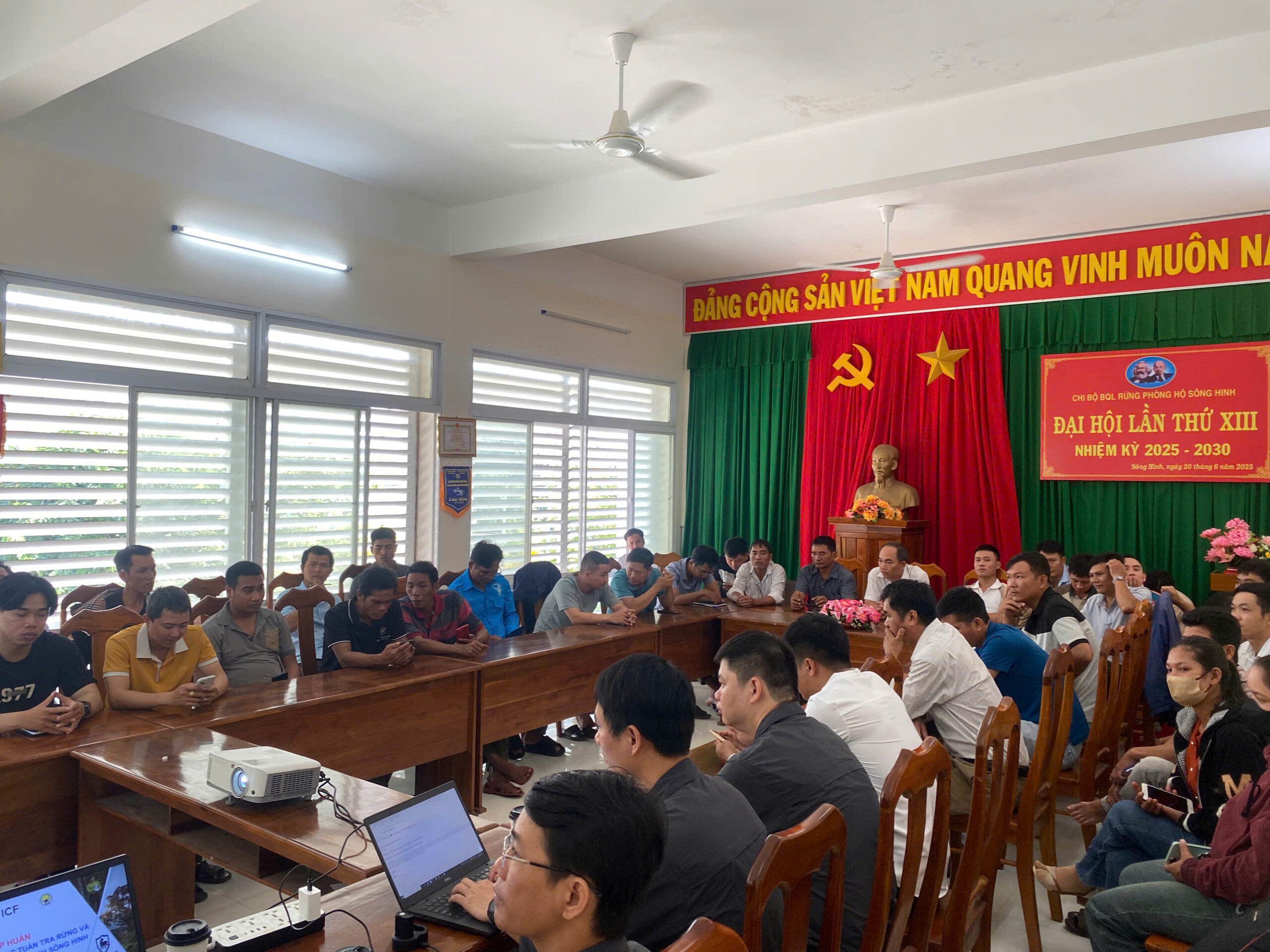
The program was designed with a combination of theory and field practice to help participants master the use of SMART Mobile. In addition, technical staff from the boards received brief training on how to input patrol data and generate reports using SMART Desktop. During the course, participants directly applied the steps: collecting GPS data, taking photos, recording field descriptions, and synchronizing and analyzing data on the system. As a result, staff can proficiently use SMART immediately after the training, ready to integrate this tool into their management and conservation work.
These three special-use forests in Phu Yen province are biodiversity hotspots with many rare and endemic species of Vietnam. They are habitats for critically endangered rare animals such as the Southern Vietnamese box turtle (Cuora picturata), the Southern yellow-cheeked gibbon (Nomascus gabriellae), and the black-shanked douc langur (Pygathrix nigripes).
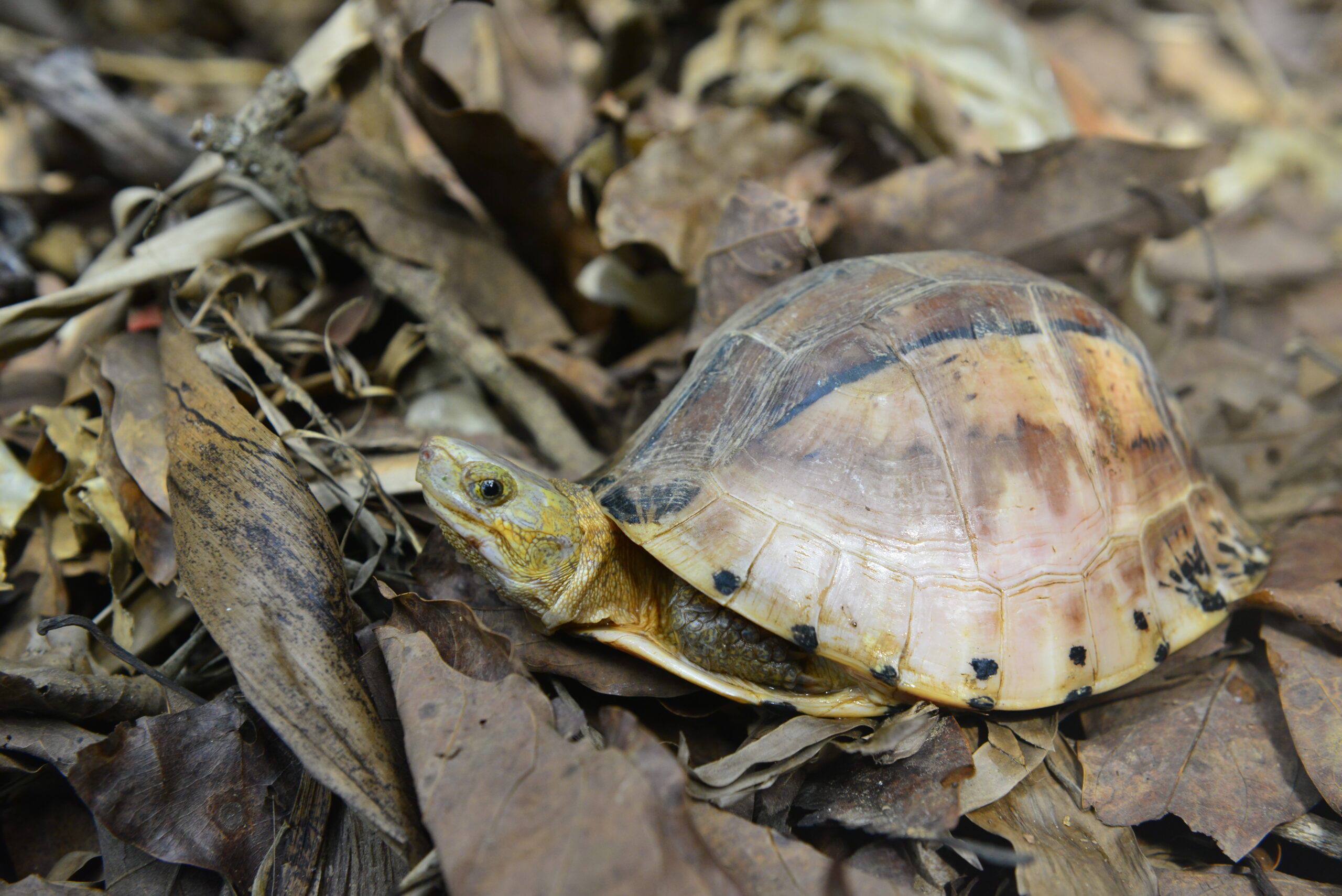
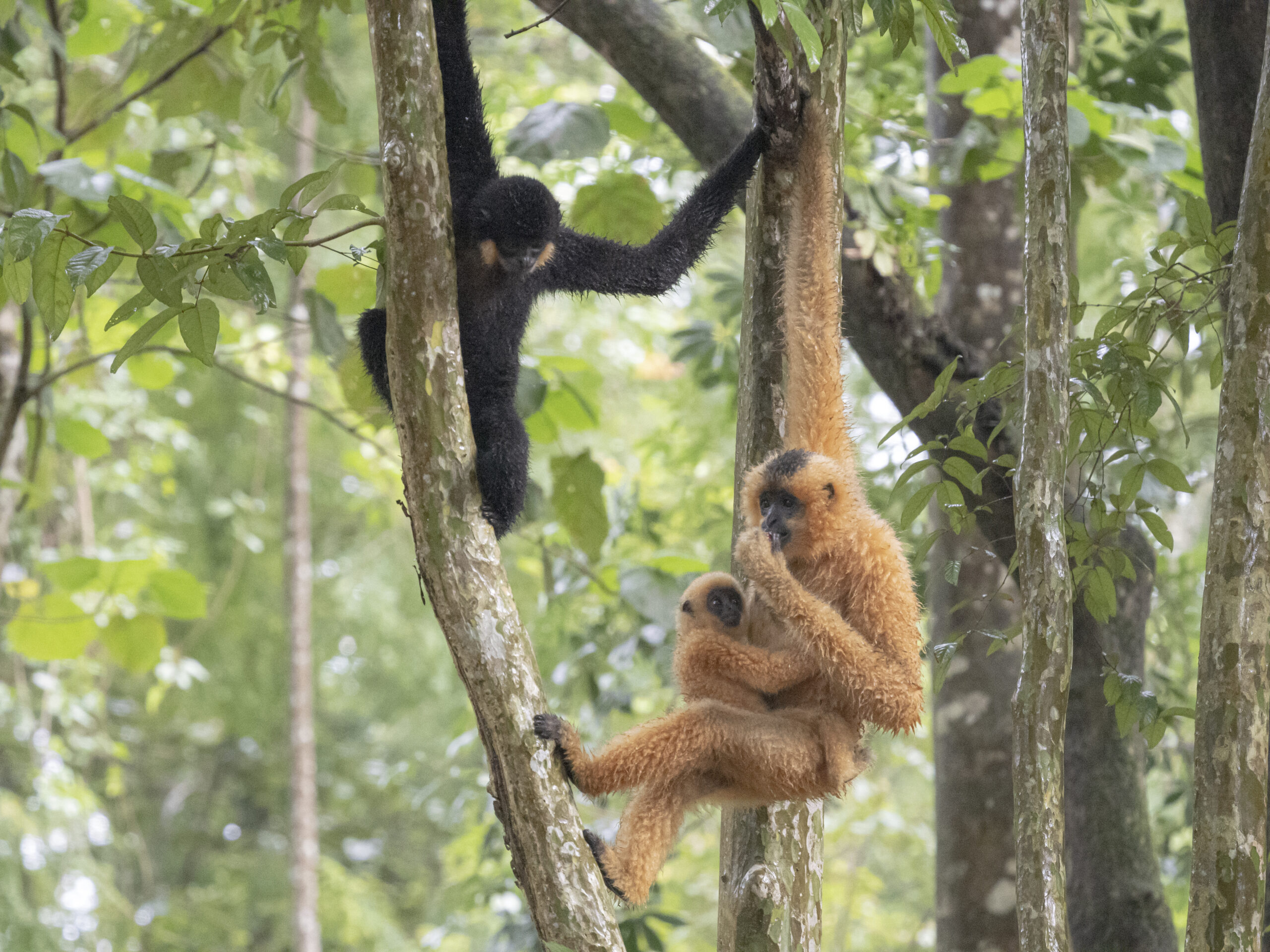
Photo: Southern yellow-cheeked gibbon (Nomascus gabriellae)
The main forest type is high-mountain evergreen forest, which maintains year-round canopy cover and plays a crucial role in biodiversity conservation. The area’s altitude ranges from 500-1400 meters, creating diverse habitats suitable for many endemic flora and fauna.
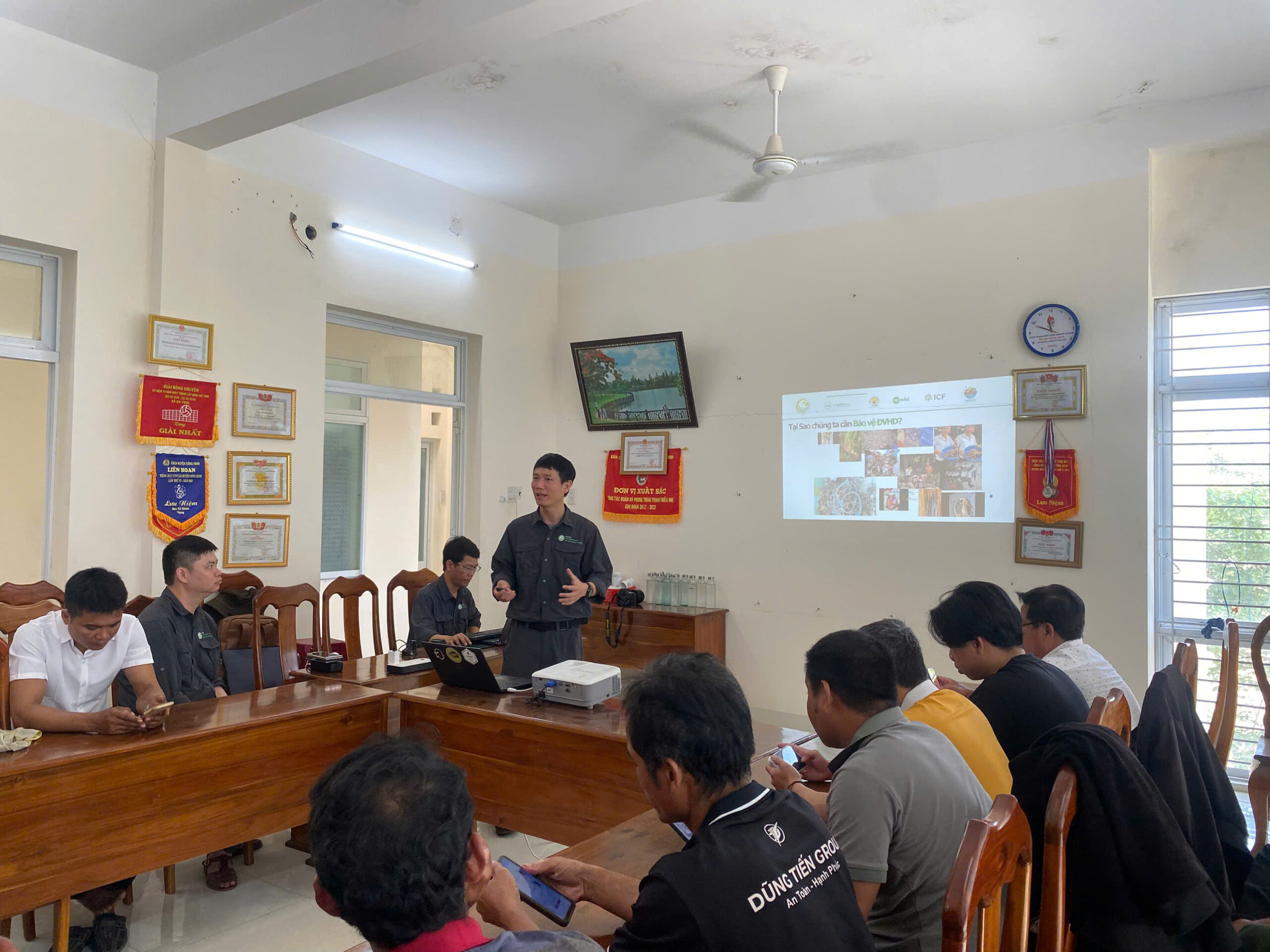
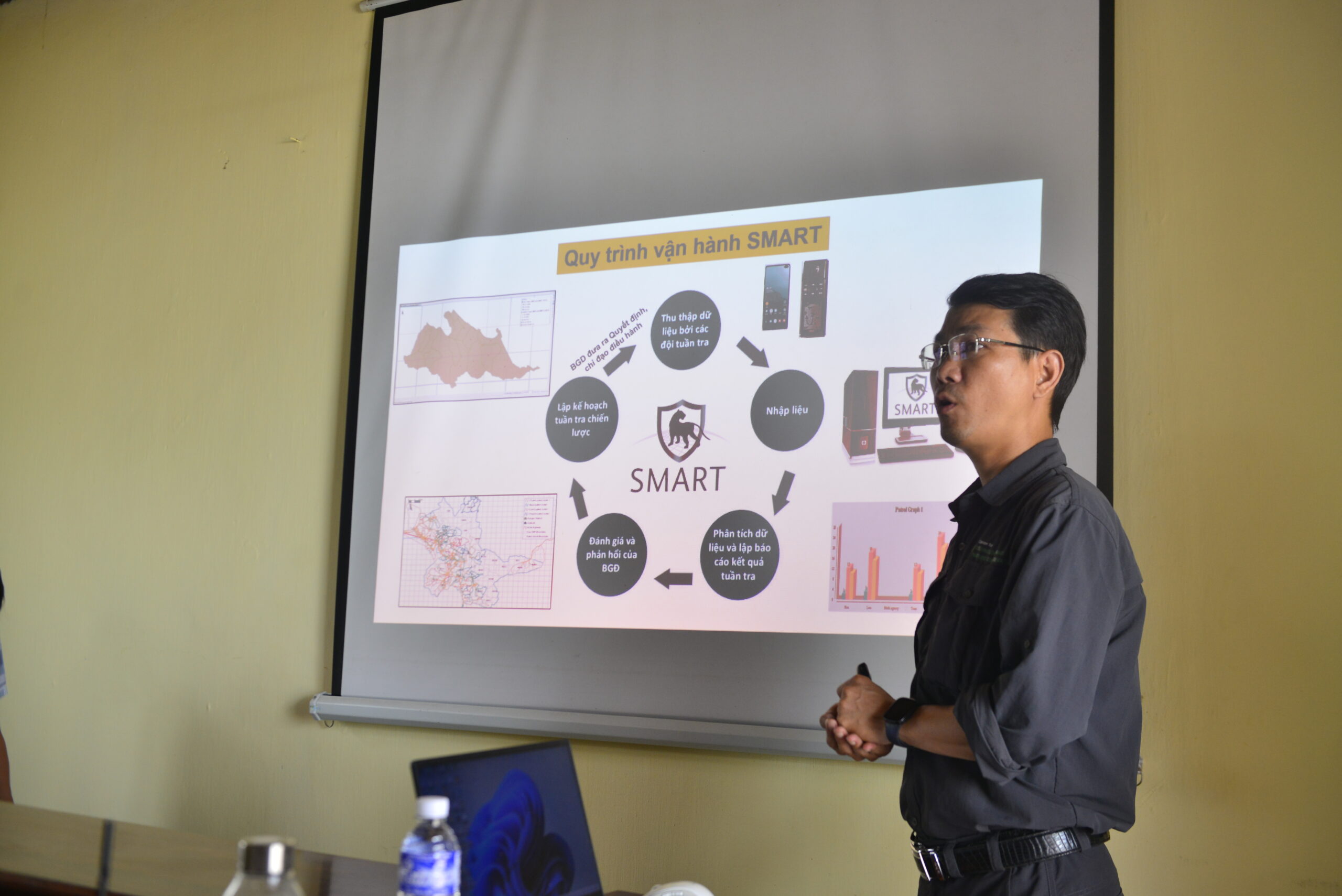
SMART (Spatial Monitoring and Reporting Tool) is a comprehensive management toolkit, including software and standardized procedures for collecting, storing, analyzing, and reporting patrol and monitoring data. SMART consists of 3 components:
- SMART Mobile – Records data in the field (GPS coordinates, photos, descriptions).
- SMART Desktop – Analyzes data, creates reports, and identifies “hotspots”.
- SMART Connect – Stores and shares data on a cloud-based platform.
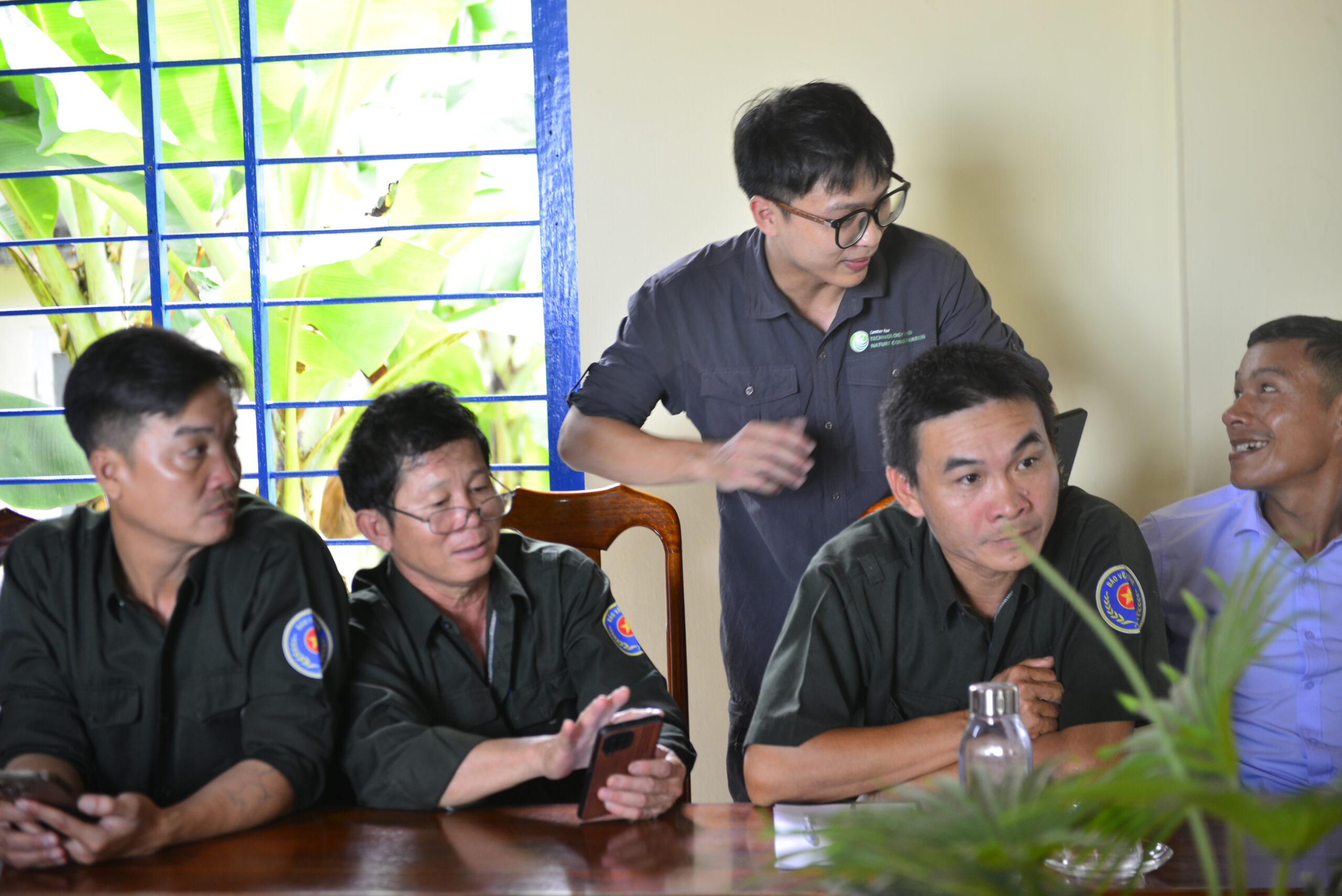
SMART offers many outstanding advantages in conservation work, including standardizing and improving data accuracy, supporting analysis and decision-making based on scientific evidence, operating stably even in areas without a signal thanks to its offline mode, and allowing for easy inter-regional coordination through its connected system. Currently, SMART is applied in over 1,100 sites in 95 countries, and in Vietnam, the tool’s usage procedures for special-use and protection forests were issued by the Vietnam Administration of Forestry (now the Forestry and Ranger Department) in 2022.
The application of SMART not only enhances conservation effectiveness at the three special-use forests but also creates a precedent for replicating the model in many other protected areas nationwide. This tool turns data into power, making conservation management easier and thereby more effectively protecting rare species like the Southern Vietnamese box turtle, the Southern yellow-cheeked gibbon, and the black-shanked douc langur.
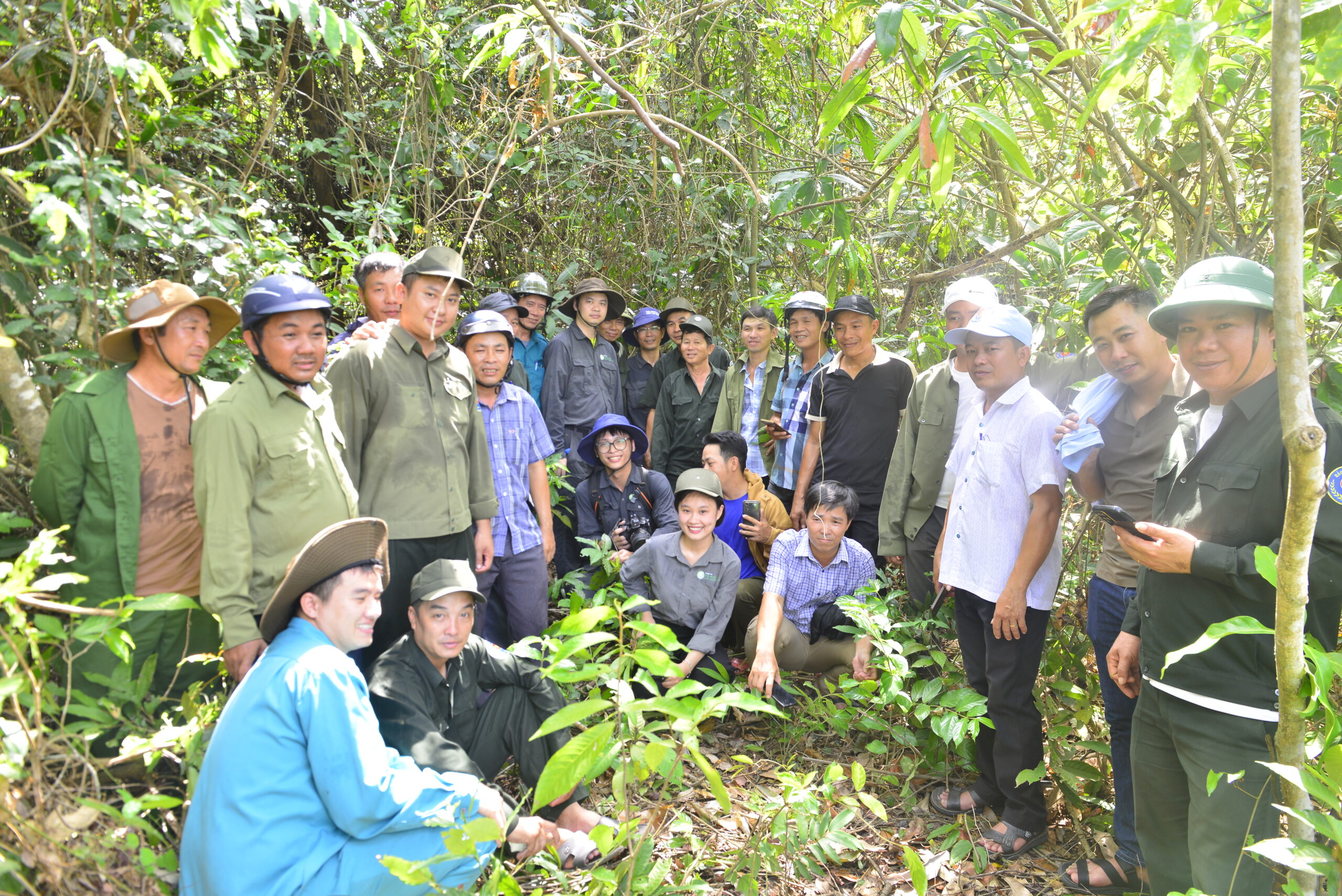
With this foundation, conservation in Vietnam is transitioning to a digital era – where all decisions are based on scientific evidence, and all actions are directed towards the long-term goal of preserving species and intact ecosystems for the health of both ecosystems and people:
Before implementing SMART, conservation efforts in Deo Ca, Song Hinh, and Tay Hoa faced many limitations. Data was recorded manually, was scattered, and lacked standardization, making it difficult to analyze trends and identify violation “hotspots.” In areas with rugged terrain, the lack of effective monitoring tools, combined with a thin patrol force, made it nearly impossible to cover the entire area. Consequently, many management decisions were not based on complete and accurate data, reducing the effectiveness of protecting endangered species.
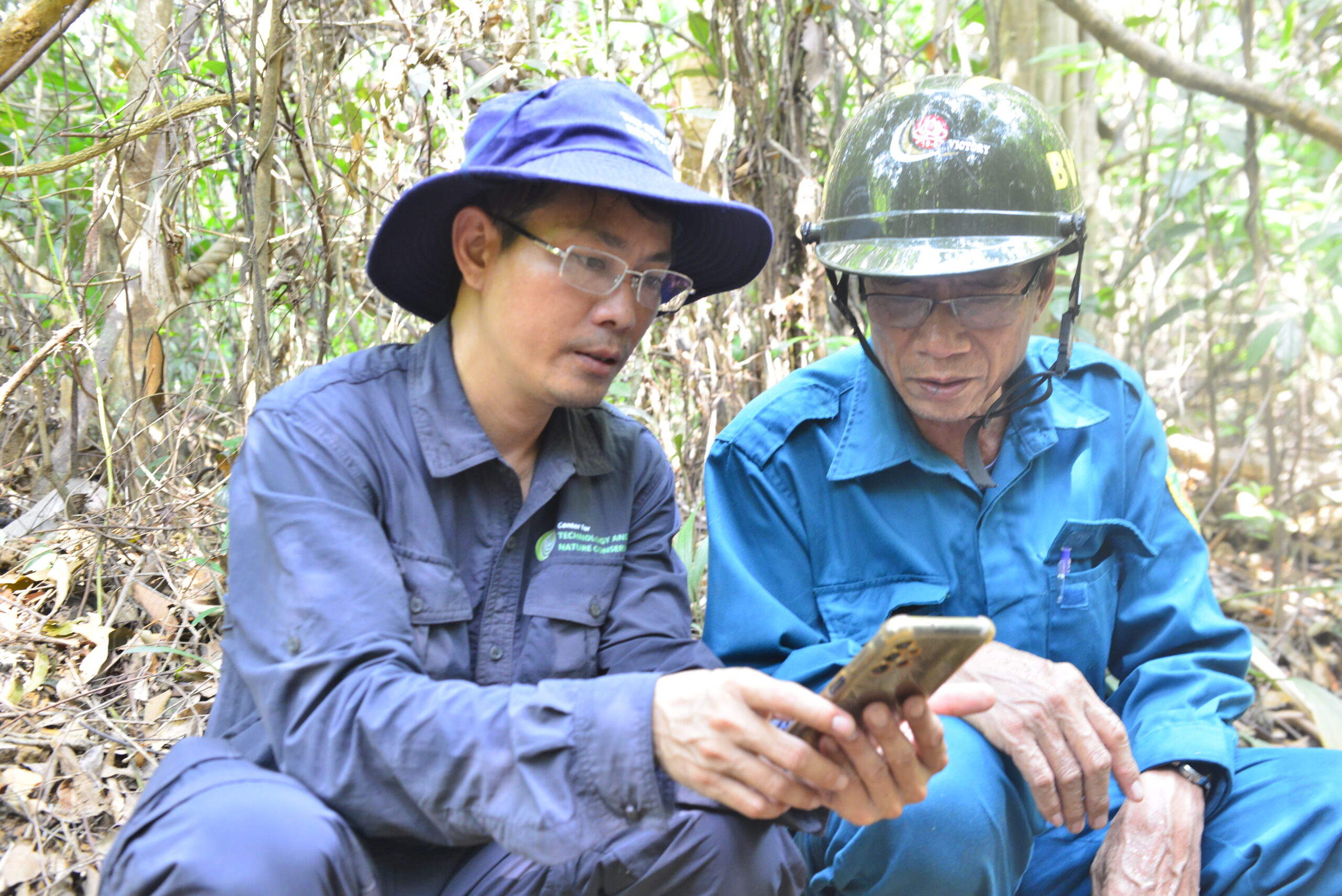
After the training, the staff at the three special-use forest Management Boards have become proficient in collecting and analyzing data using SMART, significantly improving the accuracy of field records. As a result, the number of recorded sightings of target species has increased markedly, and the response time to violations has been considerably shortened. The collected data has created a solid scientific basis for proposing the entire area be upgraded to a National Park. If this proposal is approved, the combined area of the three boards (70,000 ha) with the adjacent protection forest in the north of Khanh Hoa province will reach approximately 130,000 ha, becoming the largest National Park in Vietnam.
In the near future, CTNC will push for all three boards to issue a unified regulation for applying SMART in the process of patrolling, monitoring, and managing natural resources. This will especially focus on protecting the rare and endemic wildlife of the Central region. The program aims to remove snares, confiscate contraband, arrest poachers, and eliminate the deforestation that still occurs in some forest areas here. Additionally, CTNC is dedicated to widespread community outreach and nurturing a love for nature among young people. Please support and accompany us on the journey ahead.



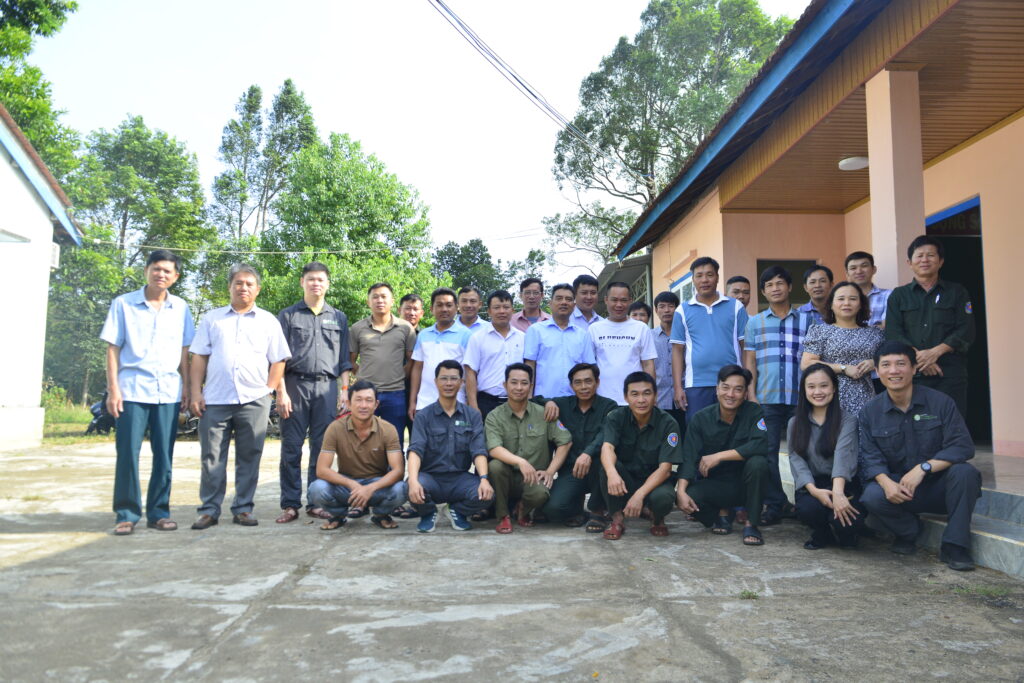

Share by: